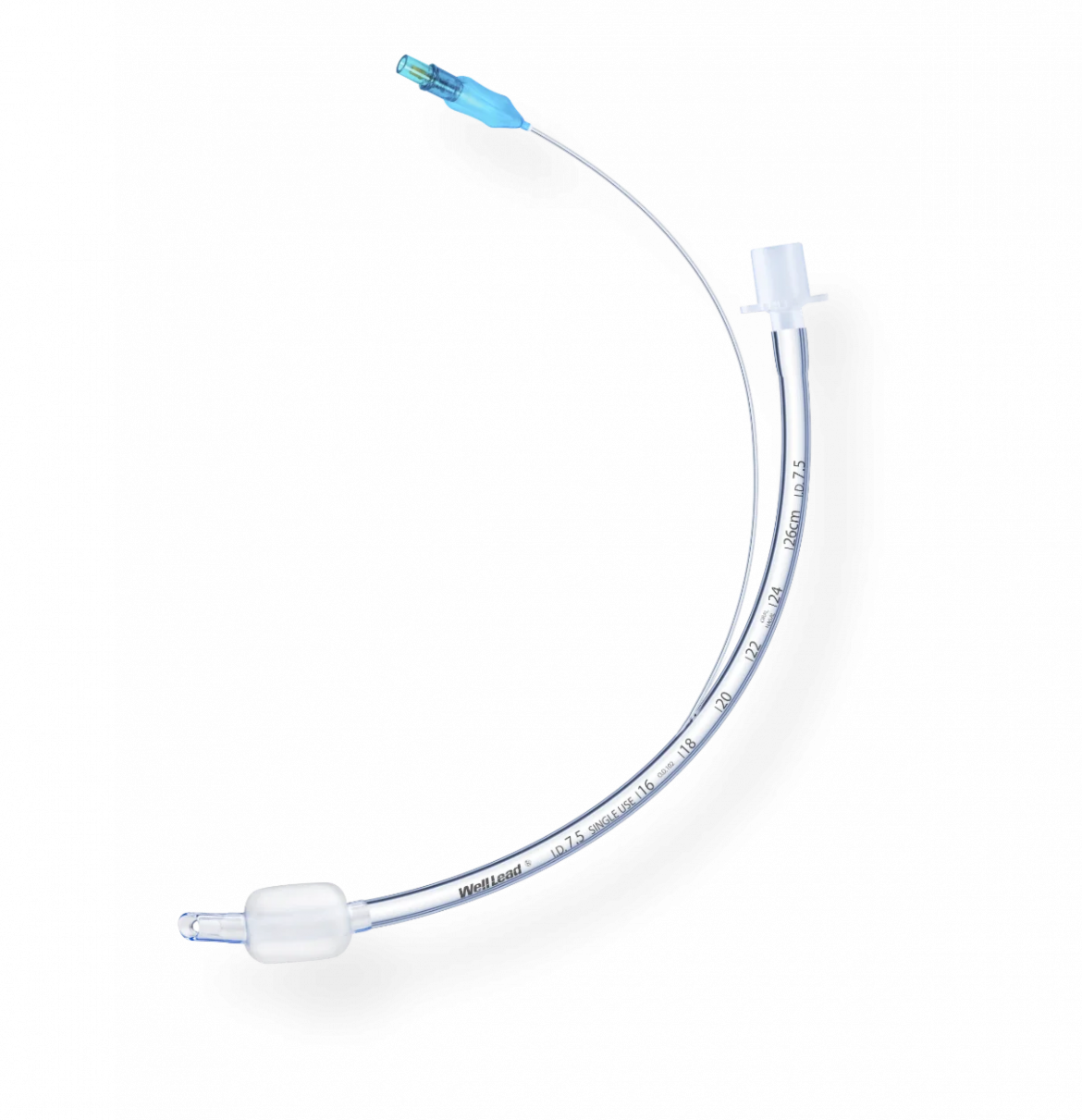Securing a patient’s airway is critical in anesthesia, emergency medicine, and critical care. The choice between a Laryngeal Mask Airway (LMA) and an Endotracheal Tube (ETT) significantly impacts patient safety and procedural success. Understanding the LMA vs. ETT distinction is essential for clinicians. Well Lead Medical, a leader in innovative airway solutions, provides high-quality devices for both approaches, supporting healthcare professionals in diverse clinical scenarios.
Laryngeal Mask Airway (LMA) Overview
The LMA is a supraglottic device positioned above the glottis, creating a seal around the laryngeal inlet. Its primary advantage lies in rapid insertion, making it invaluable in emergencies or for providers with less intubation experience. LMAs cause minimal hemodynamic stress and coughing compared to ETTs and are well-suited for spontaneous breathing during routine surgeries. However, they offer less secure airway protection against aspiration than endotracheal intubation, a key factor in the LMA vs. ETT decision-making process.
Endotracheal Tube (ETT) Fundamentals
The ETT is a cuffed tube inserted through the vocal cords into the trachea, establishing a definitive airway. It provides the highest level of security, isolating the trachea to prevent aspiration of gastric contents—crucial for patients at high aspiration risk or undergoing major abdominal/thoracic surgery. ETTs enable reliable positive-pressure ventilation and deep tracheobronchial suctioning but require greater technical skill for placement and can cause more airway trauma and irritation. This inherent complexity is central to the LMA vs. ETT comparison.
Critical Distinctions: LMA vs. ETT
The core LMA vs. ETT differences dictate clinical use. Placement of an LMA is typically faster and less technically demanding than ETT intubation. While the LMA excels in rapid airway establishment for short procedures or difficult airways, the ETT remains the gold standard for securing the airway in patients requiring prolonged mechanical ventilation, those with full stomachs, or during complex surgeries where airway control is paramount. The ETT’s superior protection against aspiration contrasts with the LMA’s quicker insertion and better tolerance in lighter anesthesia, defining their respective roles in practice.
Wellead Medical: Advancing Airway Management
Wellead Medical empowers clinicians navigating the LMA vs. ETT choice. Their portfolio includes anatomically designed LMAs for optimal seal and atraumatic ETTs with high-volume/low-pressure cuffs. Rigorously tested for performance and safety, Well Lead Medical devices ensure reliability during critical airway interventions. They complement their products with evidence-based resources, helping teams master both LMA and ETT techniques for improved patient outcomes.
Conclusion
The LMA vs. ETT decision hinges on balancing speed, security, aspiration risk, and procedural demands. LMAs offer rapid, less invasive placement ideal for select cases, while ETTs provide maximum airway protection for high-risk scenarios. Trust Wellead Medical for precision-engineered solutions across the airway management spectrum, ensuring readiness for every clinical challenge. Base device selection on individual patient assessment and institutional protocols.
